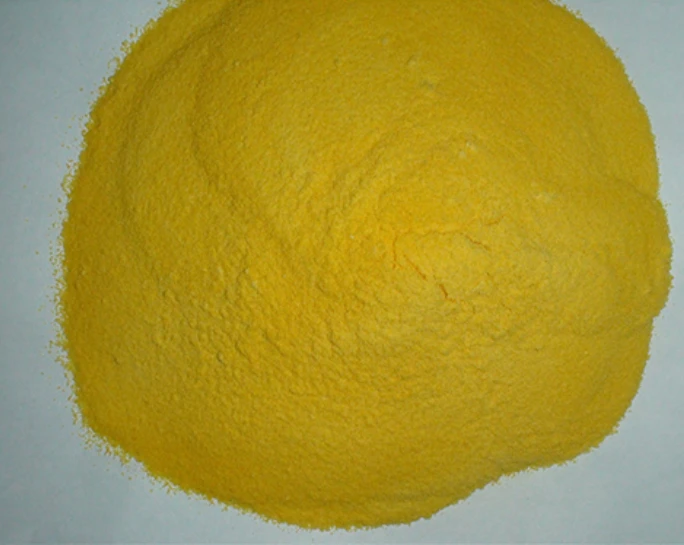Chemicals for Enhancing Water Flocculation Process and Improving Purification Efficiency
Understanding Water Flocculation Chemicals A Guide to Effective Water Treatment
Water is an indispensable resource for life, industrial processes, and agricultural practices. However, the increasing pollution levels in water bodies pose significant challenges to water quality and availability. Flocculation is one of the essential processes in water treatment, aimed at removing suspended solids and improving water clarity. At the heart of this process are flocculation chemicals, which play a crucial role in enhancing the efficiency of water purification systems.
What is Flocculation?
Flocculation refers to the process by which fine particles are agglomerated into a floc, or clump, making it easier to remove them from water. This process is vital in various applications, including wastewater treatment, drinking water purification, and industrial processes. Flocculation typically follows coagulation, where coagulants add to the water to destabilize the particles, allowing them to bond together and form larger aggregates.
Types of Flocculation Chemicals
1. Coagulants Coagulants are often the first chemicals used in the flocculation process. Common coagulants include aluminum sulfate (alum), ferric chloride, and polyaluminum chloride (PAC). These chemicals neutralize the electrical charges of suspended particles, allowing them to come together to form larger aggregates.
2. Flocculants Following coagulation, flocculants are introduced to promote the agglomeration of particles. These substances are typically high molecular weight polymers that increase the size and density of the flocs. Anionic, cationic, and non-ionic flocculants are available, and their specific use depends on the characteristics of the water being treated and the types of contaminants present.
3. Polyelectrolytes These are synthetic polymers used in various water treatment processes. Polyelectrolytes can significantly enhance floc formation and settling rates and are often used in conjunction with coagulants for improved performance.
4. Enzymes Innovations in water treatment also involve the use of biological agents such as enzymes that can aid in the breakdown of organic contaminants, thereby improving the effectiveness of flocculation.
water flocculation chemicals

The Mechanism of Action
Flocculation chemicals typically function through adsorption and charge neutralization. When coagulants are added to water, they react with dissolved ions and suspended particles. This reaction decreases the electrostatic charges that keep particles apart, promoting aggregation. The subsequent addition of flocculants helps to bind these smaller aggregates into larger, settleable flocs.
The efficiency of this process is influenced by various factors, including pH, temperature, and the presence of other chemicals. Therefore, water quality tests are often conducted to determine the optimal type and dosage of flocculation chemicals required for effective treatment.
Applications in Various Industries
Flocculation chemicals are used across multiple sectors. In municipal water supply systems, they ensure that drinking water is free from contaminants, thus safeguarding public health. In wastewater treatment plants, they help remove pollutants, enabling treated water to be safely released back into the environment or reused for irrigation and industrial processes.
In the mining industry, flocculation aids in the beneficiation processes, while in the food and beverage industries, these chemicals play a vital role in clarifying liquids. Furthermore, flocculation is also important in the oil and gas sector, where water used in hydrocarbon extraction is treated before disposal.
Conclusion
The role of flocculation chemicals in water treatment cannot be understated. Their application not only ensures the removal of harmful contaminants from water but also promotes efficient recycling and reuse of water resources. As environmental concerns continue to mount, the importance of effective water treatment methods, including flocculation, will only grow. Innovations in flocculation chemistry promise to enhance these processes, making water treatment more effective, sustainable, and environmentally friendly. As we look towards the future, prioritizing research and development in this field will be crucial to addressing the global challenges related to water scarcity and pollution.
-
Water Treatment with Flocculant Water TreatmentNewsJun.12,2025
-
Polymaleic AnhydrideNewsJun.12,2025
-
Polyaspartic AcidNewsJun.12,2025
-
Enhance Industrial Processes with IsothiazolinonesNewsJun.12,2025
-
Enhance Industrial Processes with PBTCA SolutionsNewsJun.12,2025
-
Dodecyldimethylbenzylammonium Chloride SolutionsNewsJun.12,2025





